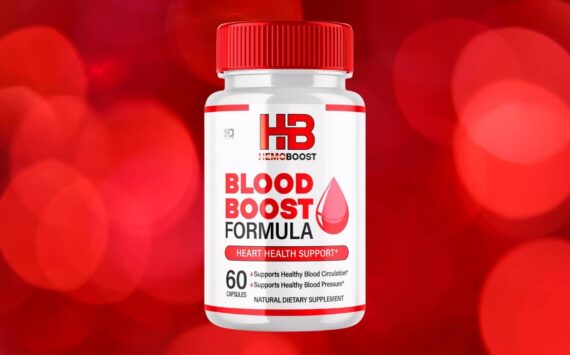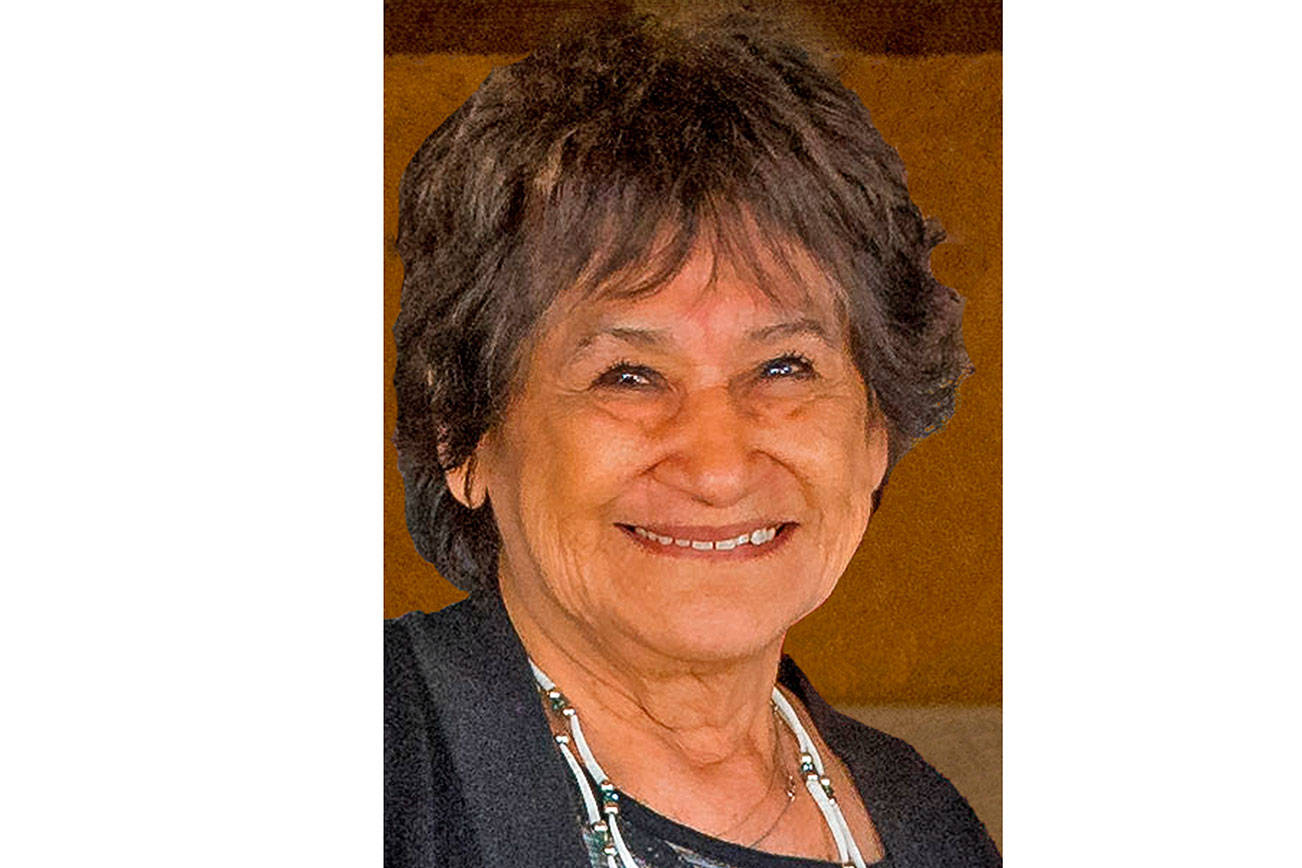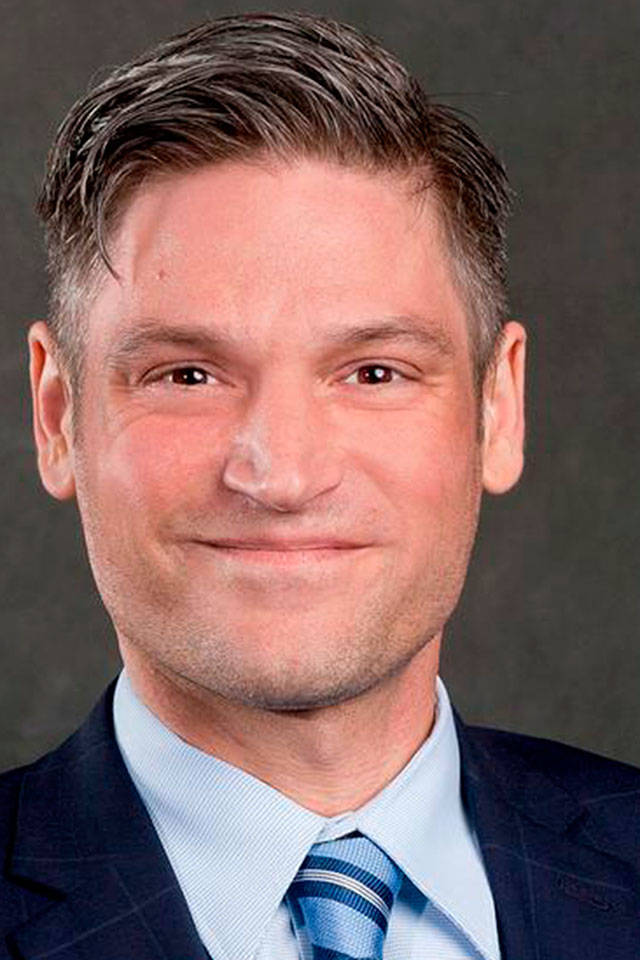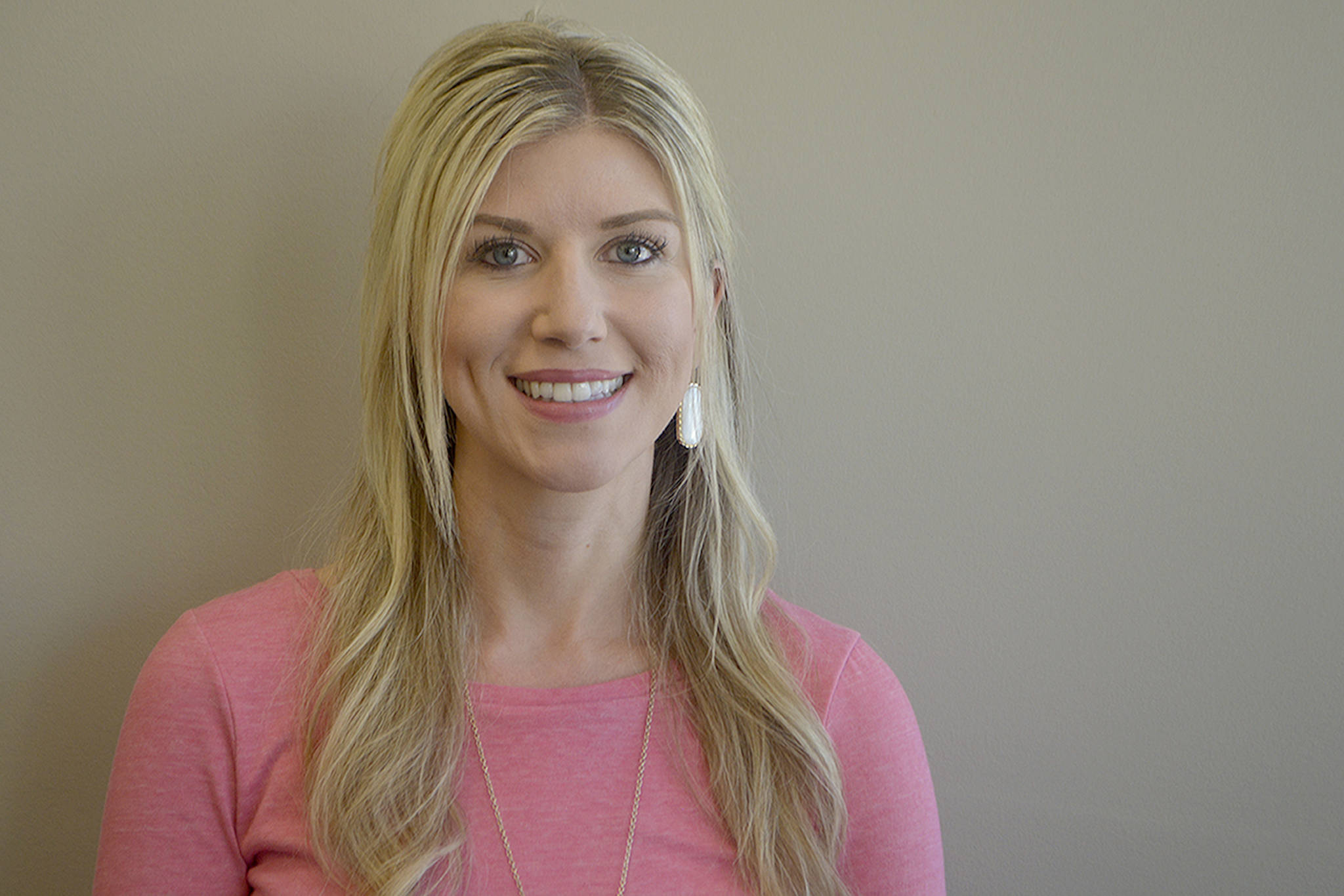Step by step we are working to restore the health of Puget Sound, the rivers and our Pacific coast. We’re working through the Puget Sound Partnership clean-up effort and also implementing the Tribal/State Ocean Ecosystem Initiative — an ecosystem-based approach to management of our Pacific coastal waters — to make this part of the world a healthier place for all of us to call home.
But we’ve really just begun the work needed to repair centuries of environmental abuses. That’s why it’s important to acknowledge where progress is being made, so others can learn from the example and be encouraged. Port Gamble Bay is a good example of what happens when voices are raised together from the nooks and crannies of western Washington.
Situated on Puget Sound near Hood Canal, the bay is home to a large population of herring, salmon, shellfish — and the Port Gamble S’Klallam Tribe.
Port Gamble Bay has one of the largest remaining herring stocks in Puget Sound. Herring are an important indicator species of the health of the underwater environment. They are a primary food source for Puget Sound chinook and steelhead, both listed as “threatened” under the federal Endangered Species Act. The bay is also home to two large geoduck tracts and acres of oyster and clam beds along the tribe’s reservation tidelands.
The bay’s natural resources are priceless to the tribe, but are increasingly threatened by developers.
For 150 years, the bay, fish, wildlife and the tribe suffered from the environmental impacts of the Port Gamble Mill operations until its closure in the mid-1990s. That’s why I am especially encouraged by a recent state Department of Ecology announcement of plans to further clean up the old sawmill site. Contaminated soils and wood debris will be removed and more cleanup work is planned in cooperation with the tribe and public.
Still, development pressure on the bay continues today. The Port Gamble S’Klallam Tribe recently fended off construction of a proposed 165-foot-long multi-use dock at the old mill site. Adding man-made structures puts the bay’s environment at risk on a variety of levels. Docks create shade, which in turn harms eelgrass and other species important to herring and salmon. The tribe already is concerned about possible shellfish bed closures by the state Department of Health in response to pollution from marinas in the area. Increased boat traffic around the proposed dock would only add to the problem.
Every day, struggles like Port Gamble Bay are playing out all over western Washington. Each river, bay and creek is worth the fight it takes to protect and preserve it, because each contributes to a restored healthy environment.
If you listen carefully, you’ll hear a voice supporting all of these efforts, a voice that may sometimes be hard to hear. It’s the voice of generations yet to come and their message is strong: we’re counting on you.
For more information, visit www.nwifc.org or contact Steve Robinson or Tony Meyer at 360-438-1180.







